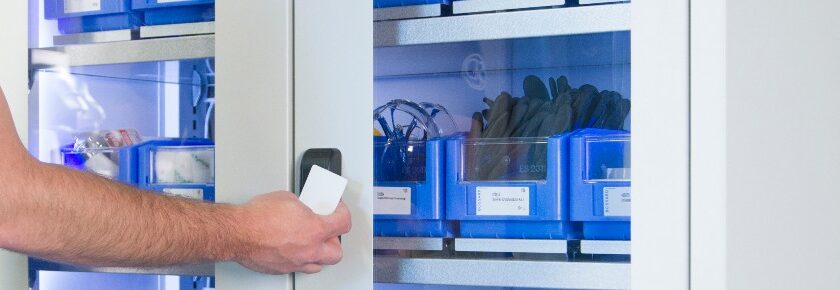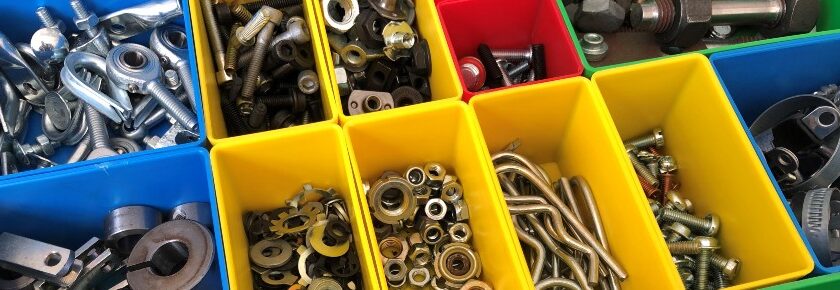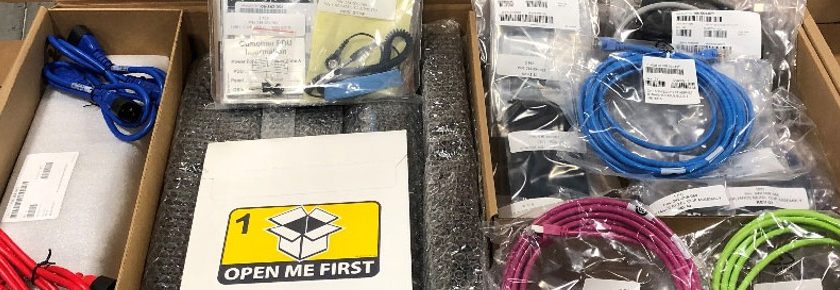Optimizing Your Supply Chain Strategy in Industry 4.0
The Fourth Industrial Revolution is transforming traditional factories into smart, interconnected systems by integrating multiple digital technologies into manufacturing processes. This evolution involves cloud computing, real-time analytics, AI, IoT networks, Big Data, automation, and mobile-optimized platforms. These technologies collectively ensure that manufacturers have the resources they need precisely when they need them, reducing working hours and optimizing the workflow.
While the concept may seem overwhelming at first, breaking it down reveals a simple progression. The First Industrial Revolution utilized water and steam power, the Second harnessed electricity for mass production, the Third introduced automation and computers, and now, the Fourth Industrial Revolution relies on real-time digital integration within manufacturing environments.
The Evolution of Inventory Management
Understanding smart factory logistics starts with recognizing the limitations of traditional inventory management. Inventory costs are influenced by stockouts, overstocking, pilferage, damage, financing, and obsolescence. Companies have long struggled to control these costs using outdated, manual tracking methods. Static solutions like Excel spreadsheets cannot capture real-time data or facilitate collaboration across systems within a manufacturing facility.
Even barcode RFID scanners, while an improvement, depend on flawless human operation. A single missed scan can distort data, requiring a more reliable solution.
Learn More About Bossard’s Smart Factory Logistics
Elevate Your Manufacturing Efficiency with Smart Factory Logistics in an Industry 4.0
Environment
Smart Factory Logistics leverages sensors, integrated software, AI, machine learning, and embedded solutions. These technologies connect real-time material usage, production throughput, and machine output to web-enabled systems and mobile devices, enabling data-driven decision-making.
Integrating this data into a company’s operational software—such as MRP, ERP, and CRM systems—enhances decision speed and supply chain efficiency. Bossard’s Smart Factory Logistics solutions exemplify these advancements.
Bossard’s Smart Factory Logistics Solutions
SmartBin Cloud : The SmartBin Cloud system features motion-triggered sensors that provide real-time inventory updates with every pick or refill. Coupled with Bossard’s SmartLabel System, it automates replenishment orders when inventory reaches a preset threshold. The system integrates seamlessly with Bossard’s ARIMS network, making replenishment data accessible from anywhere on the shop floor.
- Eliminates the need for RFID barcode scanning for B and C parts and consumables.
- Utilizes the latest cloud technology with encrypted security protocols.
- Offers real-time inventory counts accessible through ARIMS via mobile devices or laptops.
SmartLocker: Designed for high-value items, SmartLocker employs machine-learning technology to automate the reorder process. Real-time inventory data is instantly available through ARIMS, providing immediate notifications once replenishment is initiated.
SmartVendingCloud: This solution features an RFID access-controlled automated vending machine, ideal for high-volume consumables and MRO parts. Like other Bossard solutions, SmartVendingCloud is integrated with ARIMS for easy access to real-time data.
ARIMS: Fully Integrated Supply Chain Solution
ARIMS is the ultimate platform for managing B and C parts and consumables. Its user-friendly interface leverages cloud-based functionality to provide real-time inventory tracking and material usage data. With features like advanced analytics and mobile optimization, ARIMS enhances supply chain efficiency and predictability across your entire manufacturing plant.
Conclusion
Incorporating Smart Factory Logistics into your manufacturing processes is not just a step forward—it’s a leap into the future of Industry 4.0. With real-time data integration, enhanced decision-making, and increased supply chain efficiency, Bossard’s solutions offer a competitive edge in today’s fast-paced industrial landscape.
Take the Next Step
Ready to transform your manufacturing processes with Smart Factory Logistics? Contact Bossard today to learn how our cutting-edge solutions can help you achieve unparalleled efficiency and precision. Visit our website or speak with a representative to get started on your journey to Industry 4.0 excellence.














